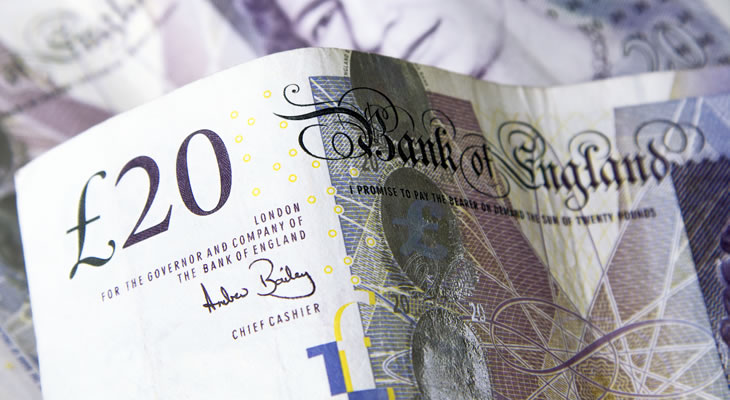The Pound Australian Dollar exchange rate has edged higher this week, but has struggled to hold its best levels due to fresh Brexit uncertainties. Overall though, Sterling has benefitted from ‘Aussie’ weakness.
GBP AUD ended last week near its opening levels. The pair briefly hit a high of 1.7166 before ending at around 1.6942. Since Monday the pair has fluctuated nearer the level of 1.70.
Pound (GBP) Mixed as Brexit Speech Falls Flat
Investors had hoped that last Friday’s Brexit speech from UK Prime Minister Theresa May would help to break a deadlock in UK-EU negotiations and bring about progress in the Brexit process.
May had proposed a transitionary period for the two years following Brexit in March 2019.
However, it appeared May’s speech ultimately didn’t have the impact analysts hoped for, with UK and EU negotiators still unable to reach agreements on the transition period and the Brexit bill.
As Brexit talks resumed, EU chief negotiator Michel Barnier once again asserted that Britain must make a firmer offer on UK-EU divorce bill settlements.
Brexit minister, David Davis, showed frustration at this stance and argued that Britain would not be able to give more detailed bill proposals without trade talks taking place.
Barnier has also denied Davis’ claims that Britain would be free from EU law during the proposed transition period.
On top of all this, markets were concerned that Prime Minister May had once again indicated that the UK government would rather have no UK-EU deal than a bad one, post-Brexit.
As the Pound has been recovering from its worst levels in recent weeks, it could continue to climb in the coming days if impressive data supports it.
For example, August’s BBA mortgage approvals report helped to support the British currency on Tuesday morning as it beat expectations.
The Pound has generally been advancing under hopes of a Bank of England (BoE) interest rate hike as well as progress in Brexit talks.
If the Brexit situation appears to worsen in upcoming negotiations or if BoE Governor Mark Carney takes a surprisingly cautious tone in his speech on Thursday, much of the speculation driving Sterling higher could fade.
Of course, if Brexit negotiations are able to pass the current stalemate or if Carney continues to hint that tighter UK monetary policy is on the way, the Pound’s upside trend could continue in the coming weeks.
Australian Dollar (AUD) Limited by Risk-Aversion
Since Monday, investors have been avoiding risk-correlated currencies like the Australian Dollar due to the uncertain results of major elections held on Saturday and Sunday.
New Zealand’s 2017 general election and Germany’s 2017 federal election both largely met expectations, but coalition talks must now be held in order for new governments to be formed.
In Germany, Chancellor Angela Merkel successfully won a fourth term in office, but the win was underwhelming. Meanwhile Germany’s nationalist party, AfD, won enough votes to enter the Bundestag.
New Zealand’s result was similar. While the National Party won the most seats as expected, it wasn’t enough to form a government. As a result, the National Party and opposition Labour Party will be racing to see who can form a government first with the nationalist NZ First Party.
Market uncertainties about what could be weeks of coalition talks, as well as the potentially increased influence of nationalist parties, have made risky currencies unappealing.
On top of this, lasting geopolitical tensions between the US and North Korea have kept markets jittery.
While the Australian Dollar has been more appealing than its risky rival the New Zealand Dollar (NZD), it still lacks the demand to keep it strong against the Pound.
Looking ahead though, there is potential for the Australian Dollar to strengthen again. The first week of October will see key data come in, including Australian retail sales and trade balance results.
The Reserve Bank of Australia (RBA) will also be holding its September policy decision next Tuesday, which could support the ‘Aussie’ if the bank shows signs of being more optimistic on Australia’s economy.
GBP AUD Interbank Rate
At the time of writing this article, the Pound Australian Dollar exchange rate trended in the region of 1.7024. The Australian Dollar to Pound exchange rate traded near 0.5872.


Comments are closed.